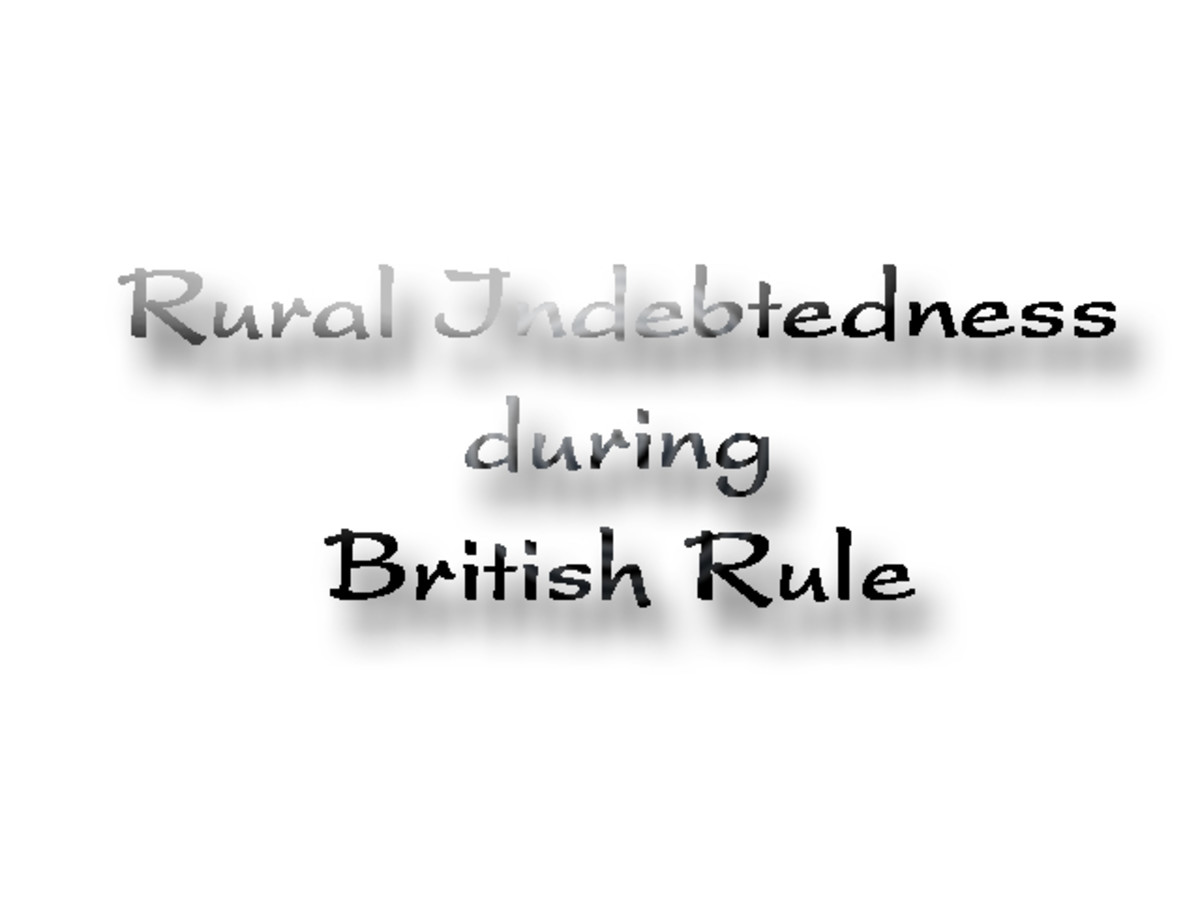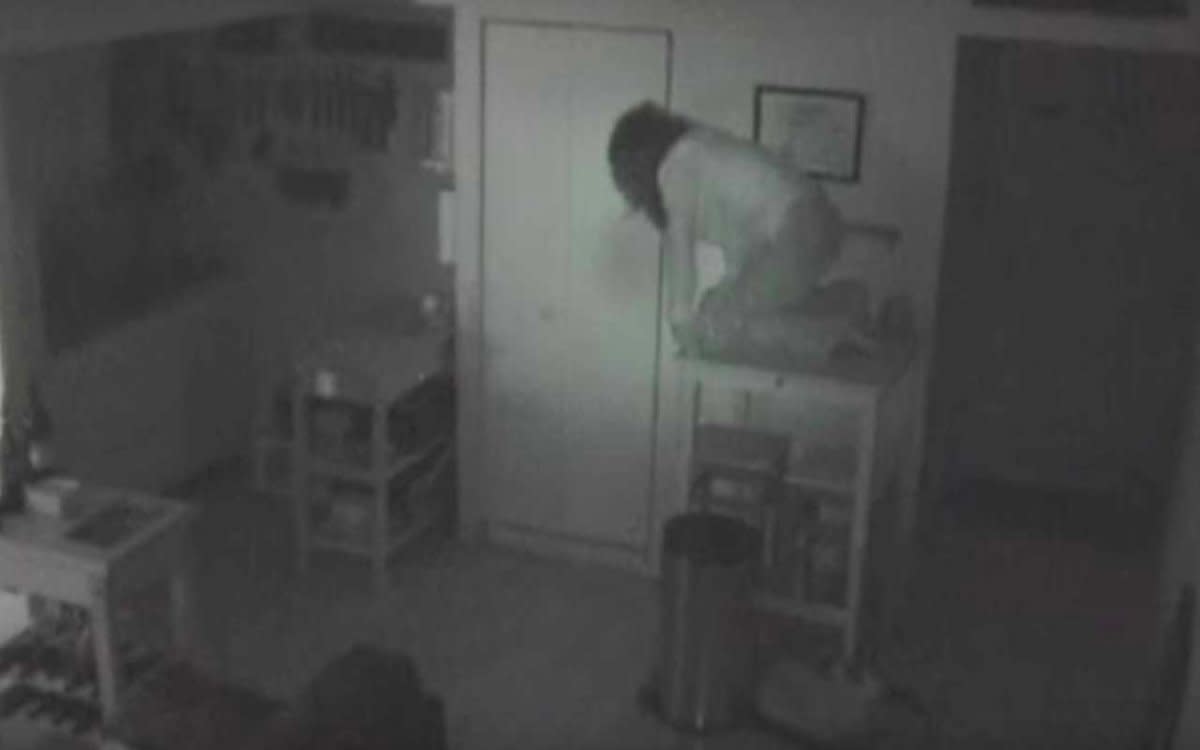Tackling The Reality Of Rural Crime
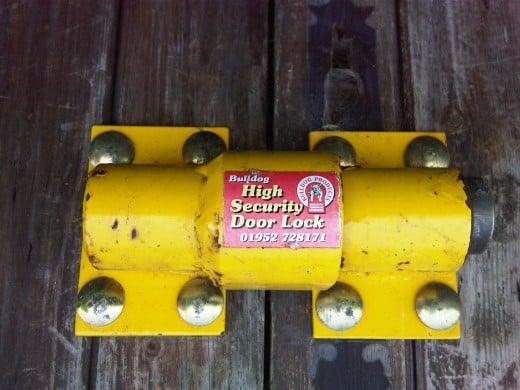
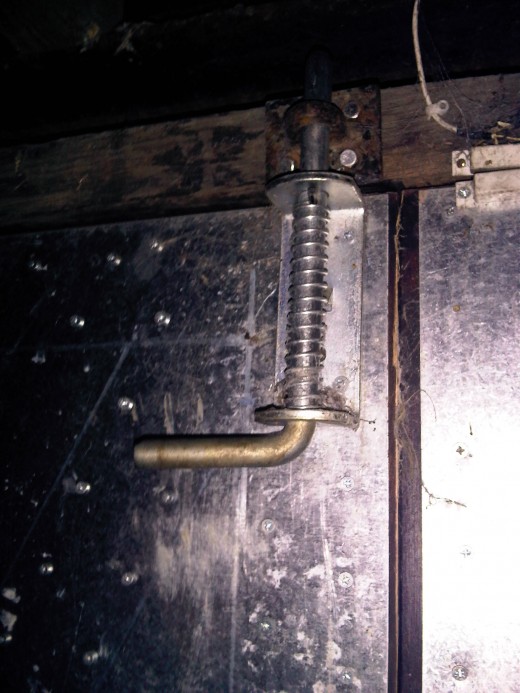
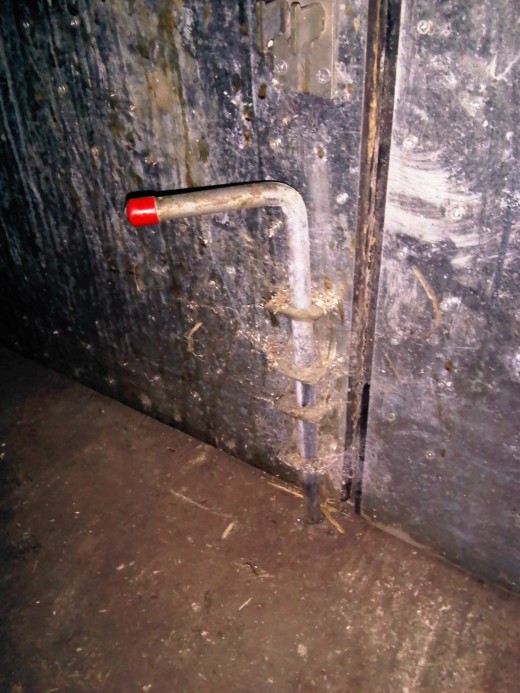
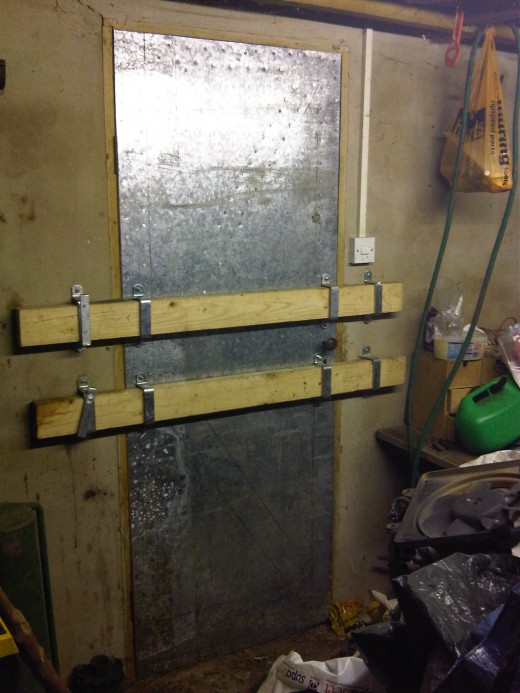
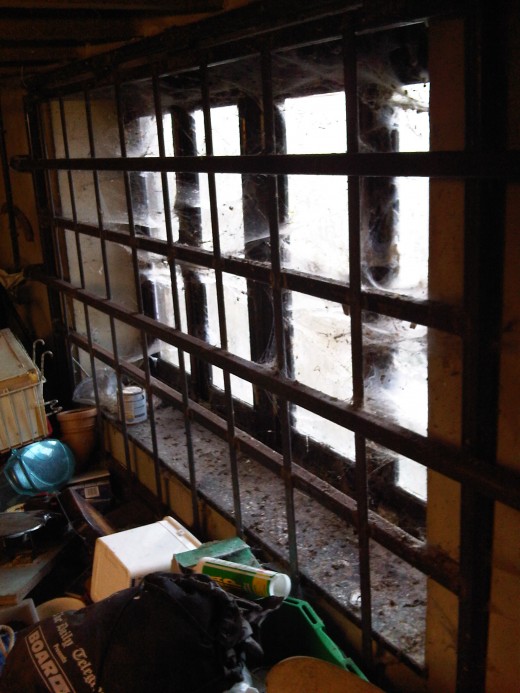
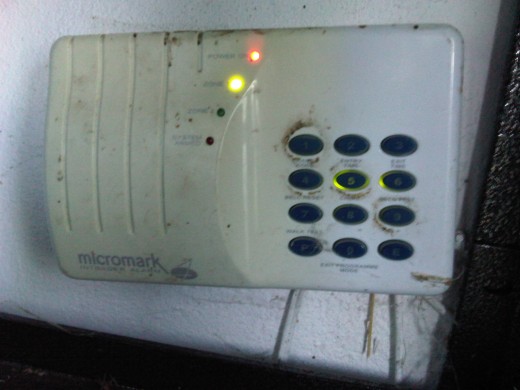
There are many rewards to living in the countryside, though with the dramatic rise in rural crime over the past few years there is also a heavy price to pay. The peace and privacy we all enjoy as country dwellers, are the very things which have drawn criminals away from the towns and suburbs into less populated areas.
Since the advent of close circuit television cameras (CCTV) in our towns and cities, it comes as no surprise that criminals are leaving the bright lights and heading for the soft shadows of our rural communities.
With police stations which are only open during the day in all but our largest villages, criminals can now rely on the fact that the police are slow to respond. It is not unusual to be living over 12 miles away from the nearest manned constabulary, where any officer sent to answer your call will be negotiating dark country lanes in unfamiliar territory.
Unless these “commuter criminals” can chance upon an unoccupied house, they tend to concentrate on outbuildings, as these are rarely alarmed because there are so few people to hear an alarm if it went off. Also these usually contain power tools such as chainsaws, mowers and other very portable items of valuable equipment, which are easier to dispose of than antiques or jewellery as they are much harder to identify.
One of the most blighted sectors being that of agricultural contractors and small businesses, as in order to advertise in most phone directories or newspapers they are required to include their addresses. A policy which is supposed to protect the public by deterring “rough traders”, but also gives any criminal a location and a shopping list of likely equipment to steal.
It is not the fault of the police that they are so undermanned, it is mainly to do with the way that the statistics used by policy makers are gathered. You would imagine that the definition of rural was exclusive to farms, farmers and people connected with agriculture, but even the Countryside Agency classes settlements of up to 10,000 inhabitants, including commuter belt conurbations outside major cities in its rural statistics. Also the nature of the crime can blur the figures, as the theft of goods from outbuildings is not classed as burglary, or given the same priority as theft from domestic dwellings due to the comparative threat to human life.
With the almost certain likelihood that the goods will never be recovered many agricultural crimes go unreported, because with the large excesses charged by insurers, most of the victims fail to claim for all but their biggest losses. With police budget restraints and poor policy making how are we to tackle the hidden reality of rural crime?
Sadly there is only one solution and to quote my insurance company, “You have to behave as if you are not insured; we are not here to pay for your negligence”. So after my last robbery I consulted my local police liaison officer, friends and the internet and have put together some of the advice I was given.
If you live in a remote area your most effective alarm is a dog, they not only act as good alarms when you are at home but also, a very good deterrent to anyone entering your home when you are out. Gravel drives and paths to the approaches to buildings are also a good tip, as even the most light-footed miscreants cannot avoid sounding like an army on the march if they step on them.
The most vulnerable parts of any building are the doors and windows and no effort can be spared in securing them. No matter how robust your lock is, it must be secured to a door that is not vulnerable to attack. Exposed hinges can be prized off, wooden doors picked apart and weak internal bolds broken from the outside. A worthwhile investment is to steel plate the insides of wooden doors and use continuous hinges which run the whole length of the frame, not forgetting that you can fit internal bolts in top and bottom of a door for real strength. Windows can only really be secured with bars and even a semi-competent welder like myself, can tackle the job at a comparatively small cost.
Alarm systems are good and vary greatly in cost and complexity, though with agricultural buildings you must design a system which will not be constantly triggered by rats, mice and moths. The entrances to buildings should be kept clear of visible obstructions like bushes and parked vehicles, as burglars do not like to be seen. Security lighting can also help with this, although you must secure it so that it cannot be tampered with.
How far you are prepared to protect your property is a personal choice, though the most important advice that I heard was that guns are not an option, facing criminals in the dark is foolhardy and if you think you have an intruder lock the door and call the police.


